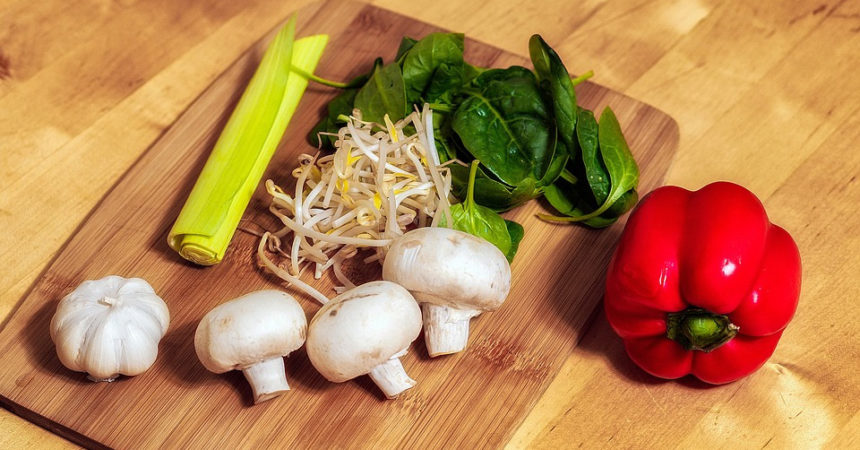
Doctor gives patients veggies with cooking instructions
Just saying “eat your vegetables” wasn’t enough

Photo courtesy of Pixabay
Special to the Outlook
Dr. Joseph Galati was talking to one of his patients about the need to put more vegetables into her diet and mentioned that cooking eggplant would probably be a good idea. The patient had never cooked eggplant before and had no idea how to do it.
“That is when I realized that I had to do more than just tell people to eat more vegetables,” says Galati (www.drjoegalati.com), author of Eating Yourself Sick: How to Stop Obesity, Fatty Liver, and Diabetes from Killing You and Your Family. “My patients that did try to eat more vegetables would rely on only one or two kinds and they got bored with it so they stopped. They were unaware of the variety of vegetables available and how to prepare them.”
With more knowledge about what kinds of vegetables to select and how to cook them, Galati believed more of his patients would comply with his prescription that they eat more vegetables.
So he started the “Great American Produce Giveaway” promotion in his office. He bought a bushel of squash, and then gave his patients a squash in a brown paper bag along with instructions on how to cook it. Different types of vegetables were given away regularly when his patients visited his office. It resulted in more of his patients eating a greater variety of vegetables. Patients reported back that this was the jumpstart they needed to improve their nutrition and health.
“We had to give them really specific recommendations,” he says. “We have to realize that we are living in a new era of an under-educated and under-informed public when it comes to nutrition.”
Galati offers these tips on getting more vegetables into your diet:
Snack with veggies and fruit. Instead of chips or cookies, have healthy alternatives around the house like baby carrots and hummus, celery and peanut butter or a piece of fruit. And leave these healthy snacks in plain sight. You are more likely to snack on fruits and veggies if they are on the counter instead of tucked away in the cupboard.
Make soup. Homemade soups can be a great way to increase your vegetable intake.
New veggie of the week.Try to experiment with a new fruit or vegetable each week. Experiment and find interesting recipes for this week’s selection.
Vegetable kabobs. Grill colorful vegetable kabobs packed with tomatoes, green and red peppers, mushrooms and onions.
Galati says many of his patients enjoyed learning more about vegetables and how to cook them. He added that everybody knows they should eat more vegetables, but a surprising amount of people don’t know how to prepare those vegetables with a meal.
But, he says, with a little research on the internet or with a cookbook, preparing vegetables can be fun, tasty and easy.
Dr. Joseph Galati (www.drjoegalati.com) author of Eating Yourself Sick: How to Stop Obesity, Fatty Liver, and Diabetes from Killing You and Your Family, is a hepatologist who specializes in caring for patients with liver diseases, obesity and nutrition-related disorders based in Houston’s famed Texas Medical Center. He is currently Medical Director of the Sherrie and Alan Conover Center for Liver Disease and Transplantation at Houston Methodist Hospital. He attended medical school at St. George’s University of Medicine, and received further training in Internal Medicine at SUNY-Health Science Center-Brooklyn/Kings County Hospital Center. He obtained further expertise in Liver Disease and Transplant Medicine at the University of Nebraska Medical Center. He has been involved in clinical research in liver disease for more than 30 years. Since 2003, Dr. Galati has hosted “Your Health First,” a one-hour radio program each weekend on iHeart Radio’s 740 am KTRH, and streamed globally on the iHeart app.







